Babylab Birbeck STAARS Project – Siblings of those diagnosed with Autistic Spectrum disorder and/or ADHD.
When you have a child who has been diagnosed on the Autistic Spectrum and/or ADHD (or many other disabilities), for me, you cannot help but wonder whether their siblings will have it too. You may know how hard it is to fight for the diagnoses, the intervention, the support, and so you may want to start the process sooner rather than later. When my oldest son was finally diagnosed as having Aspergers Syndrome, at 10 years old, we saw what a marvellous difference the right way of dealing with him made, and this highlighted to me the importance of early intervention.
At that time we never had any worries about his brother having it too, as their differences were what alerted us to the fact that there was something more than just him being naughty. You see that is the fight we had come up against, him being told he was evil and that it was down to rubbish parenting. The boys who have been born since the diagnosis, we always found ourselves watching, and questioning whether they had it too. It was at two years old that I was convinced that our youngest son needed more support than his peers, and was determined to get all the help I could for him. I feel I have been really lucky and we have had a lot of advice and support when we needed it. Saying that he has only recently been diagnosed (as NOT having Autism) and now we await a blood test to determine if there are other underlying genetic conditions (he is now almost 5 years old).
I would have done all that I could (and have done) to ensure that he gets the right diagnosis, as I feel that will lead to the right help and support which can make such a huge impact on his future. Therefore, I was really interested to hear about BASIS (British Autism Study of Infant Siblings) a study at the Babylab, Birbeck, University of London, which began 8 years ago. This is major new research into the early detection of Autism, which has lead on to the STAARS Project (Studying Autism and ADHD Risk in Siblings), lead by Professor Mark Johnson and his team.
Babylab Birbeck STAARS Project – The link between Autism and ADHD
It has been found that there are processes in common for both ASD and ADHD; STAARS Project is the first of its kind in the World to study the two together. Studies suggest that between 25-83% of people with Autism also show symptoms of ADHD. It is known that 40% of children with ASD meet the criteria for ADHD – and this is now allowed on the DSM-V. With ASD usually being diagnosed at around ages 2-3 years old but ADHD being rarely diagnosed until school age and more commonly it is ages 6, 7, 8 or even secondary school).
The STAARS project looks at siblings who already have a diagnosis of ASD and/or ADHD as they are more ‘at risk’ as there is up to a 20% chance of having a sibling who will also have a diagnosis. These children will be studied using non-invasive methods. At the end of the 3 years children will be assessed for symptoms of autism and ADHD by a team led by Professor Tony Charman, examining the earlier data. It will be discussed if it is felt that they also have ASD and/or ADHD (if they have not already being diagnosed).
Babylab Birbeck STAARS Project – Participants needed
The study is very scientific and they are always considering extraneous variables (such as sensory seeking and avoiding, now that they have been added to the DSM-V for the diagnosis of Autism. They are looking for 100 participants with a child already diagnosed with ASD and 100 participants with a sibling already diagnosed with ADHD in the UK, with further sampling from Europe, and combining with data in North America.
The sibling to be studied would be 10 months or under, with a commitment of coming in possibly 6 times over 3 years. There would be help with developing social interaction/play and to develop parenting relations in the lab. I know myself how hard it is to play with someone who lacks attention and very little interest in what we are meant to be playing.
Babylab Birbeck STAARS Project Methods Used
- Face recognition
- Optimal imaging (NIRS – changes in the blood)
- Eye Tracking
- EEG (small voltage changes in the nerves)
- Cheek swab.
- Heart rate and perspiration.
Babylab Birbeck STAARS Project The Parent’s Point of View
At the launch of the STAARS Project I got to meet one of the parents of the study Charlotte Warner, she is very supportive of the study and could not emphasis enough how important she felt it was, how well she’d been treated and would recommend others to participate. Charlotte is now involved in The Rise School which aims to “educate and support children and young people with autism aged 4-19 to access a broad and challenging curriculum alongside mainstream pupils.”
Babylab Birbeck A Friend’s Account
Of course if you personally know someone who has been involved in something you are more likely to trust what they say so I am going to leave you with the account of one of my friend’s opinions of her experience of the study. She wishes to remain anonymous but is happy to answer questions that may arise.
She heard about the Babylab from her local NAS, already having a son diagnosed on the spectrum and another with diagnosed traits (though she believes he has ASD). After looking on their website, she e-mailed them and luckily rang them up (they’d had trouble with their e-mails). It took around 45 minutes to answer questions on the phone. They arranged a visit to go to the Babylab ASAP.
They explained that everything was non-invasive and that if the baby signalled that they wanted a break then they would have one. The baby had to wear a romper suit and hated it. But the staff listened to the mother and allowed her to take it off the baby as soon as possible (which proved successful and settled her crying). When the mother sensed that the baby did not like a particular room, or felt it was best to stay in a room or change rooms, then she was listened to. During the visit the baby watched TV (with an eye tracker) and was required to play games. The mother filled in a sensory questionnaire about her baby, a sleep diary and other questionnaires about the baby’s development so far.
Both mother and baby were made to feel at ease and their needs taken into account. They were the only ones with their team. Everything was catered for – free nappies and wipes, and everything was paid for – travel (by train), hotel (as was too far to commute) and food. The baby received a t-shirt for attending the workshop. The baby was 6 months and a week at the time and has been asked to return again at 10 months old.
Getting involved with the STAARS PROJECT
Families are needed for further research, If you have a child diagnosed with Autism and/or ADHD, and are pregnant, or have a baby under 10 months old then contact:
Janice 0207 079 0761
The STAARS Project Research Team
*Professor Mark Johnson – is an MRC Scientist, Fellow of the British Academy, and Director of the Centre for Brain and Cognitive Development at Birbeck, University of London. Professor Johnson is an internationally renowed expert in the field of developmetal cognitive neuroscience.
* Professor Tony Charman – who co-leads the study, is Chair in Clinical Child Psychology at the institute of Psychiatry, King’s College London, and is an expert on early autism.
* Dr Emily Jones – winner of this year’s L’Oreal Women in Science Award, is co-ordinating the European-wide component of the STAARS project.
* Kim Davies – British Autism Study of Infant Siblings (BASIS) Coordinator, works closely with the families involved in the project.
The STAARS Project Funding
Funded by the UK Medical Research Council, the European Union and the British Autism Study of Infant Sibling (BASIS) fundling led by Autistica.
I do not take responsibility for the accuracy of this information, please contact the Babylab if you wish to ensure that details are 100% correct.
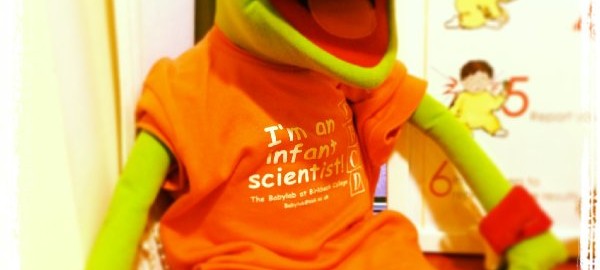
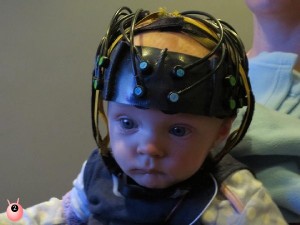
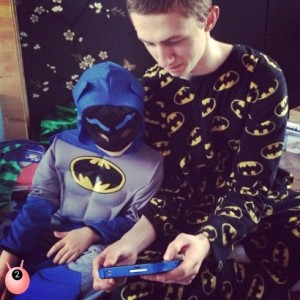
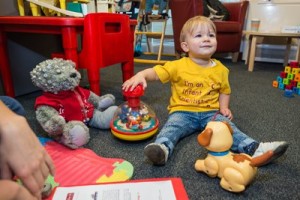
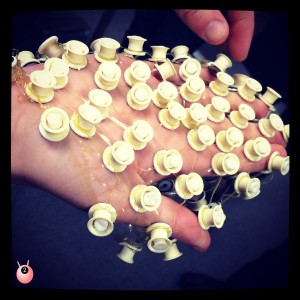
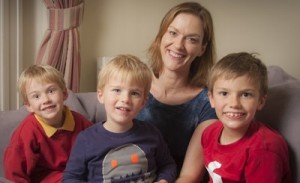
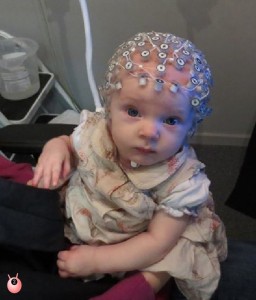
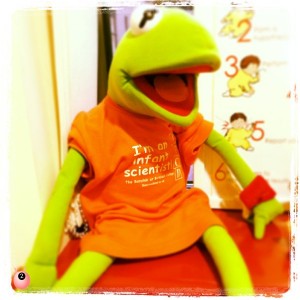
What a fabulous project, little man was diagnosed with HFA at 4 and at 8 with ADHD, they can run hand in hand, but early detection is better for the child so we can learn and have things in place to assist in making life better for them x